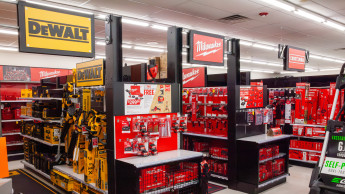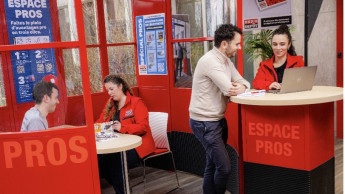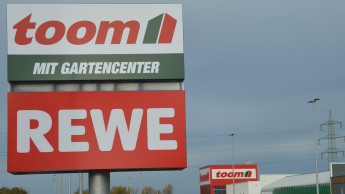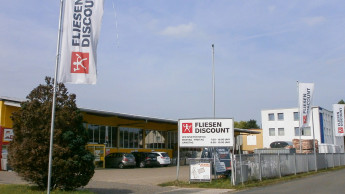Bricocenter, the Italian DIY retail group, has made alterations to its store and merchandising concepts with the aim of meeting the requirements and wishes of customers more fully
Marco Montemerlo, chief executive of Bricocenter.
DIY in Europe spoke to Marco Montemerlo, chief executive of Bricocenter, about the retail chain’s progress and its new concepts.
What sort of a year has 2003 been for Bricocenter?
A very positive one. We have, in particular, reaped the rewards of the changes to our concepts that have been implemented in our stores. Currently Bricocenter is concentrating on two strategic points: the maintenance and furnishing of the home, whereby “maintenance” in our eyes means repair work, and “furnishing” means the optimisation and transformation of the living space available.
Bricocenter is at present involved in implementing a new concept in its DIY stores.
How are you achieving this?
In the course of the process, which is still under way, the individual departments are being transformed into “worlds” of décor and hobby, gardening, bathrooms and hardware/
tools. Furthermore, the notion of “do-it-yourself” is being replaced by “bricolage”, because this expresses a more broadly interpreted concept that includes both maintenance and furnishing. We have laid out the décor department as a self-service area. We have also invested in the field of lighting and come to some clear decisions: we do not sell any pendant lamps, and where furniture is concerned, we offer only flat-pack items and occasional furniture. In contrast to this, though, we are planning to expand the timber department.
….and the range of customer services as well?
We are concentrating more and more on service. A recently completed customer survey produced a great many suggestions that we are still analysing. We assume that 76 per cent of our customers have a definite idea in their heads when they enter a Bricocenter. What interests us is how the customer would like to solve his problem, how the whole buying process works, and how the money at his disposal and his leisure activities influence his desire to do it himself. Our society is in a state of continuous flux, and the concept of service must also continue to develop still further: nowadays we simply take for granted things like the acceptance of credit cards and a delivery service, which were previously offered as add-on customer services.
A new feature: The division of the store space into specific “worlds”, offering bathroom fittings …..
…..and tools/hardware.
And what do customers see as an add-on service?
Information. Which is why I believe that closer cooperation will be necessary between retailers and manufacturers in the future. Customers want to be given information about the merits of a product and its uses, and the description on the packaging is frequently not clear or detailed enough. The manufacturers tend to put the main emphasis on the technical features of their products, whereas customers want to know how a product is used and what for. But this is not so easy to convey, given the lack of communication in the industry. Great help in this respect has come from the investigations of a Spanish chain, which photographed the behaviour of customers in its stores. This resulted in the finding that only four per cent of customers left the shop with the product that they were originally interested in, while the remaining 96 per cent considered that the information on the first product was insufficient. This is a factor that crucially influences their buying behaviour.
Which may perhaps be put down to the fact that most customers are anything but experts?
That is true. Eighty per cent of customers are inexperienced, and it is our task to help them find solutions to their problems. That is why we have decided to offer the products in cohesive “worlds” and undertake a radical change in our merchandising methods. The customer who enters our shop with a certain idea in his head has a vague notion of the goods he needs, but only finds the right products during his “expedition” through the store.
The share of turnover achieved by own-label products is to increase in the future.
And what sort of answers do suppliers have to these requirements?
Relations are pretty good, tending towards friendly cooperation. However, there is still a great deal to be done and to be improved. One example: we must make it clear to them that expenditure is not cost but investment, and apart from that we must solve the problems of customer service as soon as possible.
What else is being done to improve customer services?
We are currently replacing our checkout system in order to accelerate and optimise the process, and we are intensifying our efforts with regard to own-label products. Today they make up no more than a seven per cent share of sales, but will gain in significance in the future. We are also devoting more time to training our staff. It is often forgotten that Italy has no specialist training in this industry, no specific schools or universities. The retail trade in Italy has one million employees without any kind of vocational training whatsoever.
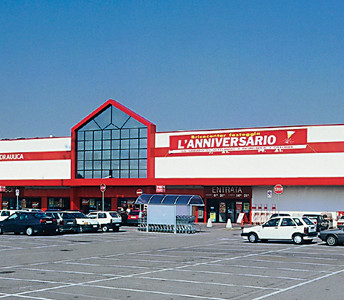

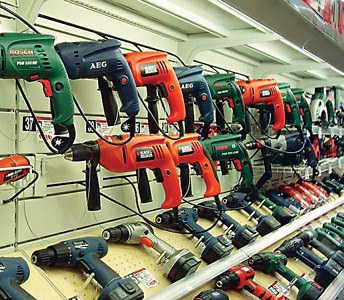
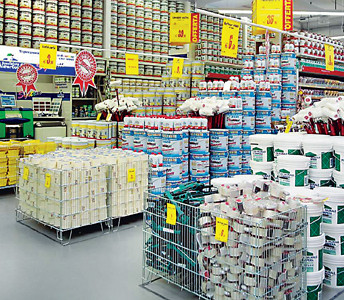
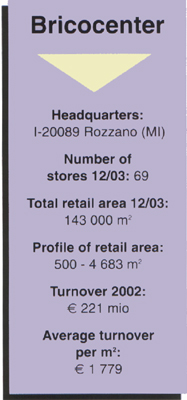

 Menü
Menü








